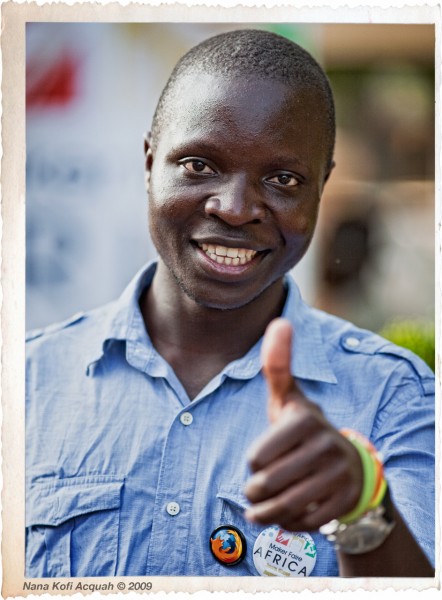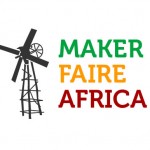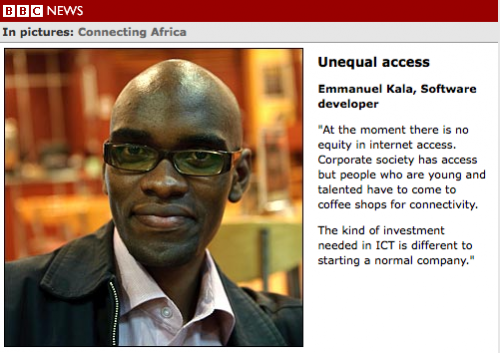You might have noticed a lack of posts, or at least an erratic nature to my blogging over the last 6 weeks. This is due to the fact that I’ve been packing up and getting ready to move my family back to Kenya after living the last few years in the US. I won’t lie, it’s been pure madness and I apologize to all the people who I didn’t answer emails from, return calls or tweets…

I’m very excited though, as this is where it’s happening. Nairobi, where I’ll be living, is one of the four main technology hubs in Africa (Jo’burg, Accra and Cairo being the others). Nairobi is also home, that’s where I grew up and where I know the most people. It’s where I can relax and eat nyama choma (which I will do in abundance). 🙂
Why?
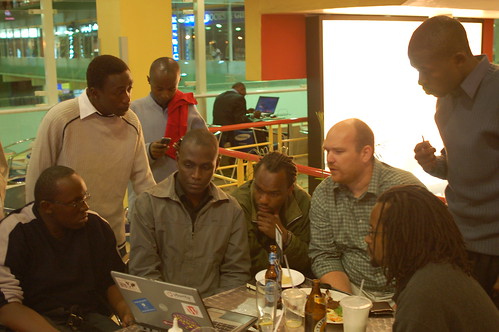
Nairobi is also where Ushahidi started almost 2 years ago (wow, time flies!), which is providing the means and the reason for this move. There will be two main activities that I’ll be involved with:
- I’ll be working with the Nairobi programmers, designers, end users and members of the Ushahidi community in person. (These guys and gals are already rockin’ it, wait until you see the “Mogadishu” release of the code next week!)
- My other main focus is opening up an innovation hub, a physical nexus point for the tech community in the city. This hub will also be a place for us at Ushahidi to reach out and better engage with our own user and dev community.
There is a slew of big announcements coming out on the Ushahidi-front over the next week. I’ll be in the air for the biggest of them, but will link to it when I land. Keep an eye on our blog and twitter feed for more.
Leaving
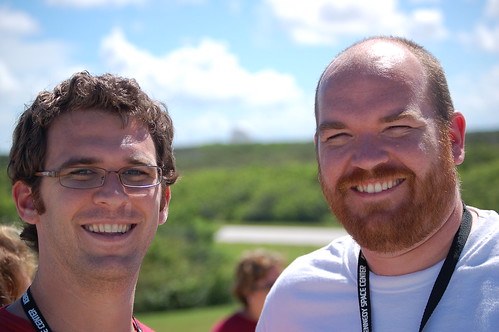
Orlando has been a good home base for us. While it might not be the tech capital of…well, anywhere, it’s still home to some amazing people and we’ve loved being a part of it. A big thanks for the friendships and a shoutout to those techies who have made Central Florida home:
Chris Scott, Alex Rudloff, Josh Hallett, Ted Murphy, Scott Allen, Dawn Hatton, Gregg Pollack, MindComet, Paul Lewis, Cory Collier, Bill Ferrante, Celly, Bill Dean, Etan Horowitz, Ryan Price, Eric Marden, Jason Seifer, John Rife, Ochie, Alex Spoerer, Doug White, Robert Jordan, Jim Hathaway, Robert Shade, Scott Toncray, Damian Scott, Chris Droessler, Allison Jordan, Gavin Hall, Gabriel Chapman, Jermaine Pulliam, Josh Lindsey, Marcelle Turner, Jon Shuler, (and many others I’m forgetting)…
I think of all the great BarCamp Orlando’s, BlogOrlando’s, Likemind and Florida Creative meetings… For a small tech community, it does throw an awfully big punch.
So, a big thank you to all the friends and family that have made this next chapter in our lives possible. We’re looking forward to it. All will be the same, just from the Kenya primarily.
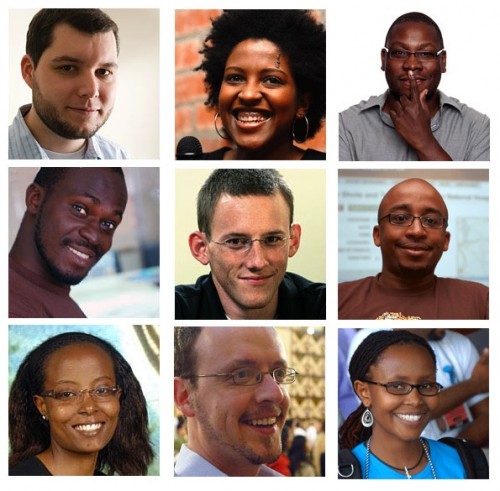
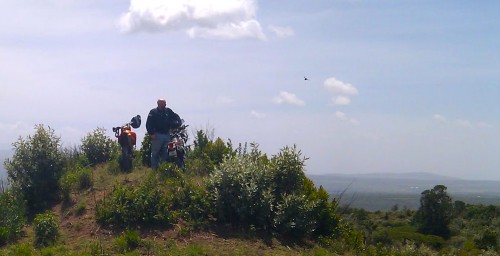
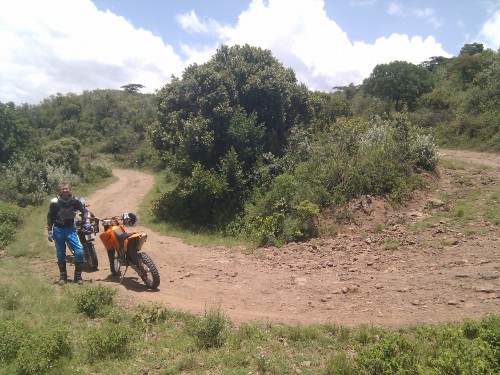
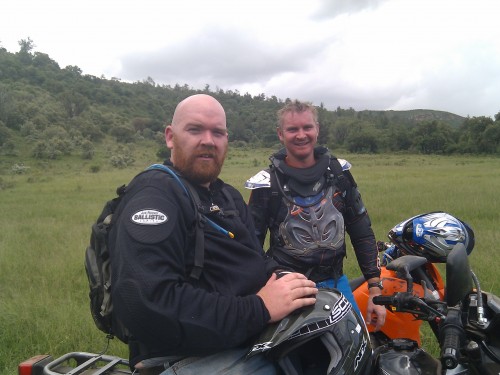



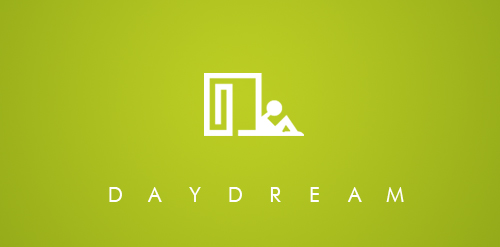

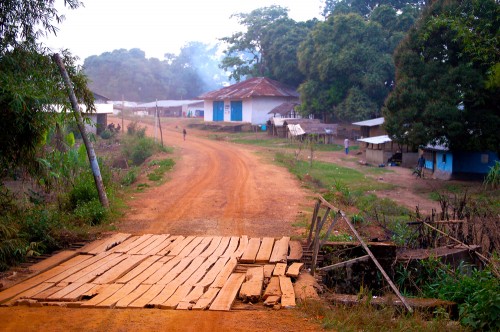
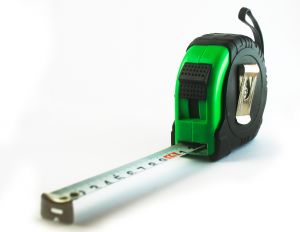 I don’t think it’s as early as most people think. There are a lot of people out there who claim they need funds in order to build a product. I disagree. Your first job is to build it. It might be in your nights and weekends, but that’s to be expected.
I don’t think it’s as early as most people think. There are a lot of people out there who claim they need funds in order to build a product. I disagree. Your first job is to build it. It might be in your nights and weekends, but that’s to be expected.